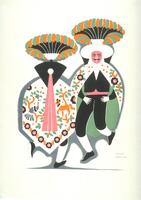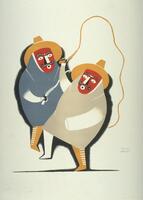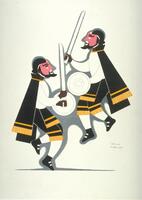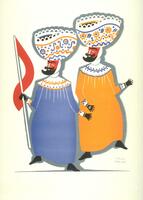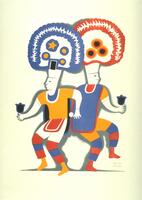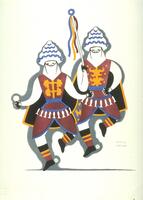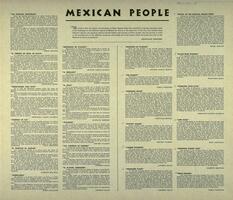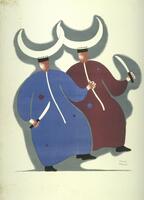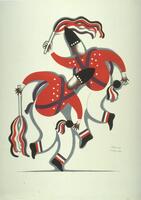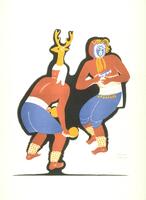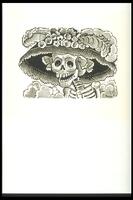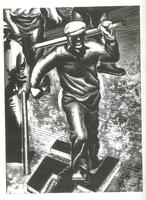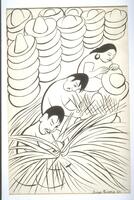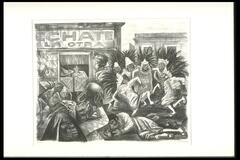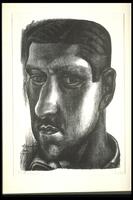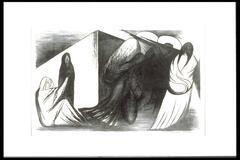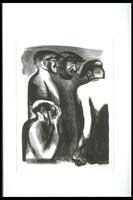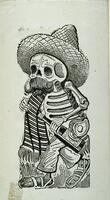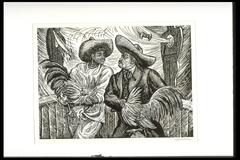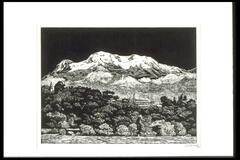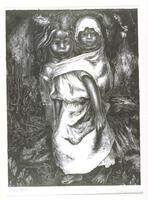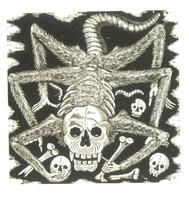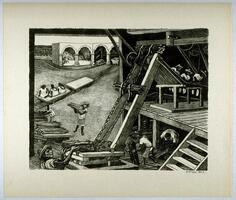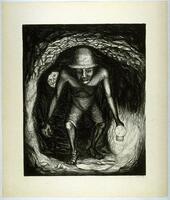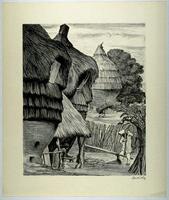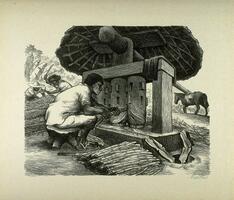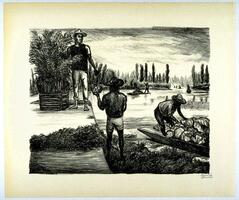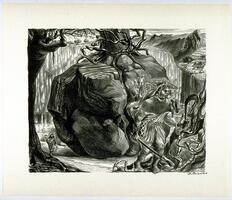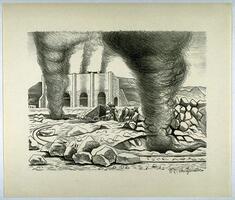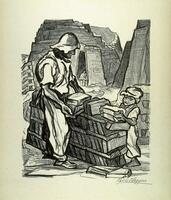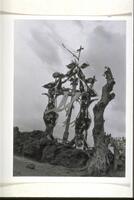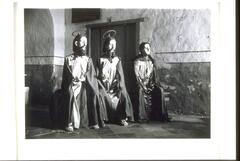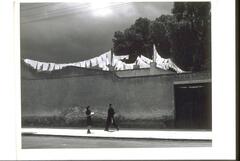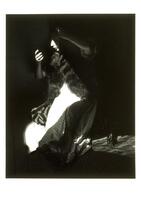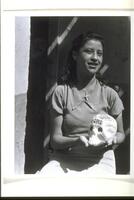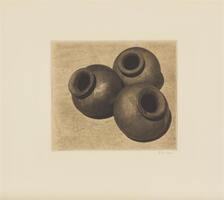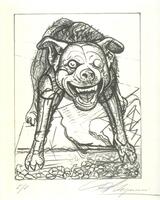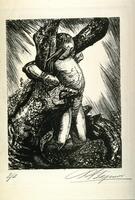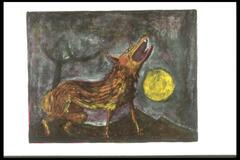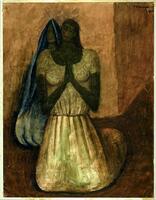Exhibition research for Detroit Institute of Arts exhibition of prints, drawings, and photographs, tentatively scheduled for 2019.
Contact: Clare Rogan, Curator of Prints & Drawings, crogan@dia.org
49 Items in this Learning Collection
Collection Object
Collection Object
Collection Object
Collection Object
Collection Object
Collection Object
Collection Object
Collection Object
Collection Object
Collection Object
Collection Object
Collection Object
Collection Object
Collection Object
Collection Object
Collection Object
Collection Object
Collection Object
Collection Object
Collection Object
Collection Object
Collection Object
Collection Object
Collection Object
Collection Object
Collection Object
Collection Object
Collection Object
Collection Object
Collection Object
Collection Object
Collection Object
Collection Object
Collection Object
Collection Object
Collection Object
Collection Object
Copyright
All Rights Reserved
()
Danza de los Santiagos
Accession Number
1944.5
Title
Danza de los Santiagos
Artist(s)
Carlos Mérida
Artist Nationality
Guatemalan
Object Creation Date
circa 1937-1939
Medium & Support
lithograph on paper
Dimensions
16 7/8 in x 12 1/2 in (42.86 cm x 31.75 cm)
Credit Line
Museum Purchase
Subject matter
This is one of a series of ten prints that depict the traditional dances of México. Mérida was the co-founder of the dance school for the Secretariat of Education (Escuela de la Danza de la Secretaría de Educación Pública), which worked to preserve the native dances of the region. In addition to this set, at this time, he produced a number of series that cataloged the popular arts and industries of Mexico and his native Guatemala.
This print depicts the "Danza de los Santiagos." Santiago is the Christian saint, James the Apostle. The dance originated on the Iberian Peninsula in the twelfth century during a time of constant warfare when there was a push by the Spanish Christian population to displace the Muslim Moors who had conquered the peninsula in the preceding centuries. The dance was brought to Mexico in the sixteenth century with the Conquistadors, where it became a traditional dance in the state of Puebla. The dance shows the fight between the Christians with the Saint—who lead the mission to the Iberian Penninsula after the death of Jesus Christ—and the Iberian Muslims or "Moors" with Pontius Pilate—Prefect of Jerusalem 26-36CE; Pilate Moorish guards are depicted in this print. The ancient and medieval timelines are overlapped to reinforce the triumph of Christianity both over Pilate and over the Moorish infidels. In Mexico, it has an added layer with the triumph of Christianity over the pagan tradition of the native peoples.
Physical Description
Centered in the page on this print are two dark-skinned figures wearing pink-skinned masks. They are both dressed identically in white shirts and tights, with black boots, matching black knickers, and capes trimmed in gold. Each figure holds a small circular shield in one hand and a sword in the other—both in white. Both seem to be leaping in the air.
Primary Object Classification
Print
Collection Area
Modern and Contemporary
Rights
If you are interested in using an image for a publication, please visit http://umma.umich.edu/request-image for more information and to fill out the online Image Rights and Reproductions Request Form. Keywords
Christianity
Mexico
Moorish
bucklers
dancers
face masks
folk dances
machetes (knives)
modern and contemporary art
1944.5
Title
Danza de los Santiagos
Artist(s)
Carlos Mérida
Artist Nationality
Guatemalan
Object Creation Date
circa 1937-1939
Medium & Support
lithograph on paper
Dimensions
16 7/8 in x 12 1/2 in (42.86 cm x 31.75 cm)
Credit Line
Museum Purchase
Subject matter
This is one of a series of ten prints that depict the traditional dances of México. Mérida was the co-founder of the dance school for the Secretariat of Education (Escuela de la Danza de la Secretaría de Educación Pública), which worked to preserve the native dances of the region. In addition to this set, at this time, he produced a number of series that cataloged the popular arts and industries of Mexico and his native Guatemala.
This print depicts the "Danza de los Santiagos." Santiago is the Christian saint, James the Apostle. The dance originated on the Iberian Peninsula in the twelfth century during a time of constant warfare when there was a push by the Spanish Christian population to displace the Muslim Moors who had conquered the peninsula in the preceding centuries. The dance was brought to Mexico in the sixteenth century with the Conquistadors, where it became a traditional dance in the state of Puebla. The dance shows the fight between the Christians with the Saint—who lead the mission to the Iberian Penninsula after the death of Jesus Christ—and the Iberian Muslims or "Moors" with Pontius Pilate—Prefect of Jerusalem 26-36CE; Pilate Moorish guards are depicted in this print. The ancient and medieval timelines are overlapped to reinforce the triumph of Christianity both over Pilate and over the Moorish infidels. In Mexico, it has an added layer with the triumph of Christianity over the pagan tradition of the native peoples.
Physical Description
Centered in the page on this print are two dark-skinned figures wearing pink-skinned masks. They are both dressed identically in white shirts and tights, with black boots, matching black knickers, and capes trimmed in gold. Each figure holds a small circular shield in one hand and a sword in the other—both in white. Both seem to be leaping in the air.
Primary Object Classification
Collection Area
Modern and Contemporary
Rights
If you are interested in using an image for a publication, please visit http://umma.umich.edu/request-image for more information and to fill out the online Image Rights and Reproductions Request Form. Keywords
Christianity
Mexico
Moorish
bucklers
dancers
face masks
folk dances
machetes (knives)
modern and contemporary art
